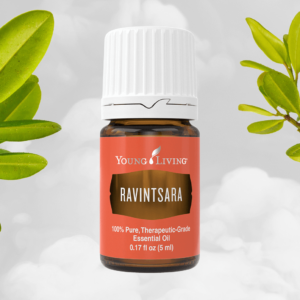Clinical trial data can be more challenging to evaluate than blog content. However, there is a general framework that will help you decide if a clinical trial is worth your concern. Effective clinical trial data analysis involves examining sources of bias, statistical manipulation of outcomes, and source of funding for trials.

When evaluating clinical trials, there are several scoring rubrics that can be used to assess quality of the trial. The Consolidated Standards of Reporting Trials (CONSORT) guidelines evaluate measures of quality most extensively. Below is a modified list of the CONSORT guidelines that you can use to assess a trial.
Before I Get to That
This type of study evaluation doesn’t apply to all studies, only to clinical trials that compares two or more groups. Case reports, case series, retrospective trials, and population studies don’t have the same study design, and therefore cannot be subject to the same evaluations.
Okay, Now Back to My Modified CONSORT Guidelines
Here are three tips for assessing the quality of a clinical trial.
1. Was the trial randomized?
Clinical trials need to be randomized. This means that the investigator does not have the option to allocate study participants to one group or another. Let’s say that you have a trial that compares symptoms of insomnia in two different groups. The first group diffuses lavender essential oil at bedtime, and the second group diffuses carrier oil.

If a person walks in and signs up to be in the trial, the person must be randomly assigned to one group or the other. It would be unethical for the investigator to, say, interview the person, find out that they have difficulty sleeping and then assign them to the carrier oil group. This lack of randomization makes it more likely that they lavender essential oil will look beneficial. Not good study design. So, in clinical trials, look for randomization.
2. Were the treatments blinded?
Blinding is when the person in the study doesn’t know which treatment that they are getting. Double blinding is when the study participant and study investigator both do not know what treatment the study participant is receiving, and this is considered the gold standard in clinical trials.

If a study is not blinded, then it is easy for the participant or the investigator to introduce bias. For example, if a participant knows that he is receiving carrier oil in our insomnia study, he may conclude that the treatment didn’t help. If a researcher knows that a participant is receiving lavender, she may ask intentionally leading questions to demonstrate that the intervention works.
So, mums the word when it comes to clinical trials. Check for blinding.
3. Were the analyses pre-specified?
Before starting a study, it is important that the investigators determine what endpoints they want to measure, how they will measure them, how the measures will be analyzed. It is not ethical to change endpoints and study measures in the middle of a trial, and it is important to know what you are looking for before you begin.

It is even better when you have the right outcomes. Here’s the thing: we have a lot of information out that some food can raise cholesterol, or that some supplement increases C-reactive protein. But did you die?
The difference between these measures is that the first is a surrogate endpoint and the latter is a clinical outcome that matters. Huh? Okay—do you really care if your C-reactive protein goes up? Not really. Some of you probably don’t even know what a C-reactive protein is. But do you care if you have a heart attack or a stroke. Oh, heck yeah. Surrogate endpoints measure clinical data that may or may not necessarily change the clinical endpoint. So look for trials that have clinical endpoints like death, heart attack, stroke, or dementia.
Clear as Mud, so Now What?
When all else fails, after you’ve read one conflicting study after another, the important thing is your choice. Only you can make the decision that is best for you.
You know what is best for your health and wellness, even if you don’t think you do. Sometimes decisions are agonizing, and there seems to be no right solution to a problem. This is 100% correct, there is no right choice. There is no wrong choice.
There is only your choice.
So do your research, weigh your options, assess the pros and cons, follow your intuition, and decide.
Looking for more ways to be empowered to take control of your personal wellness? Come check out !












